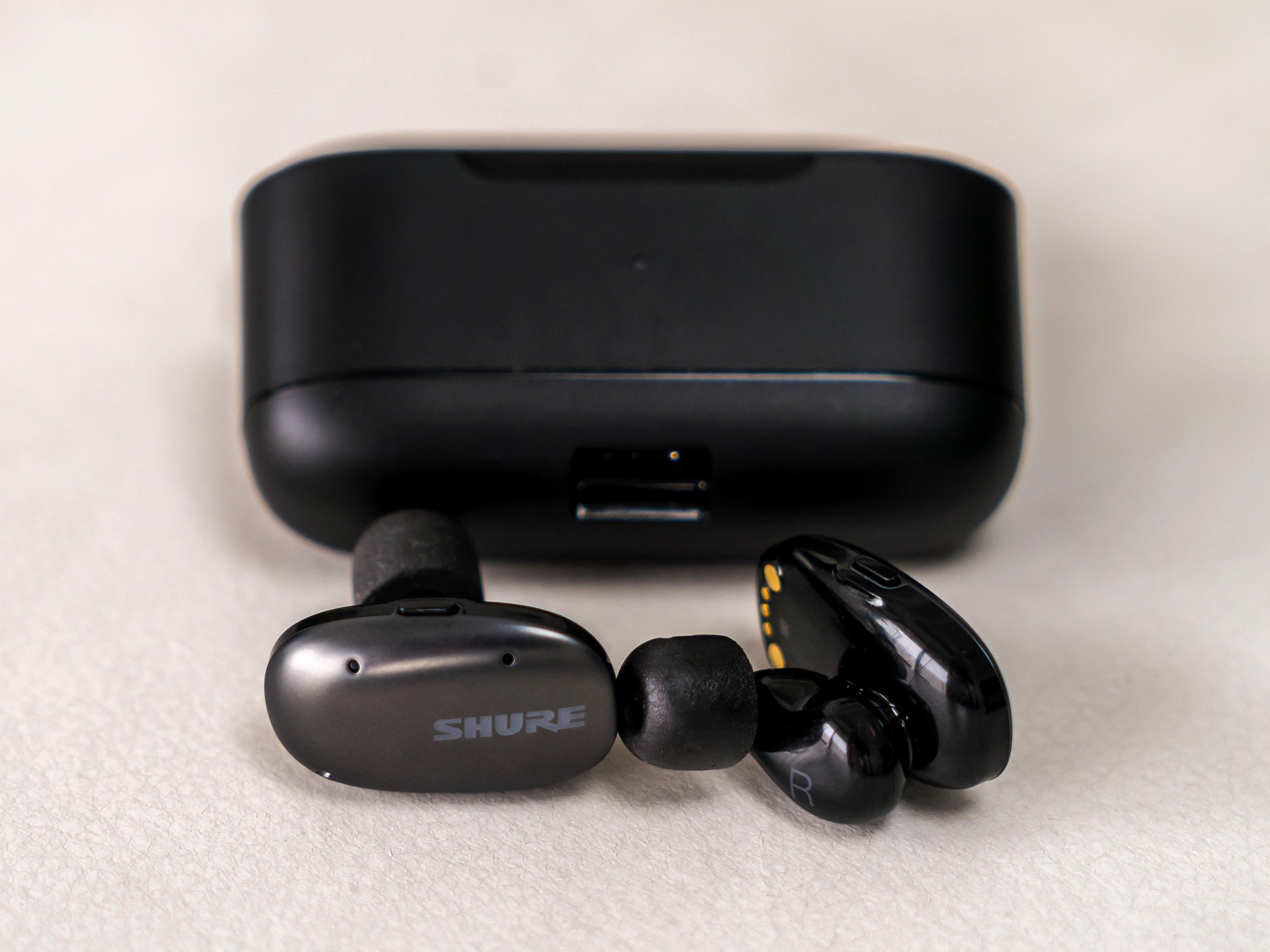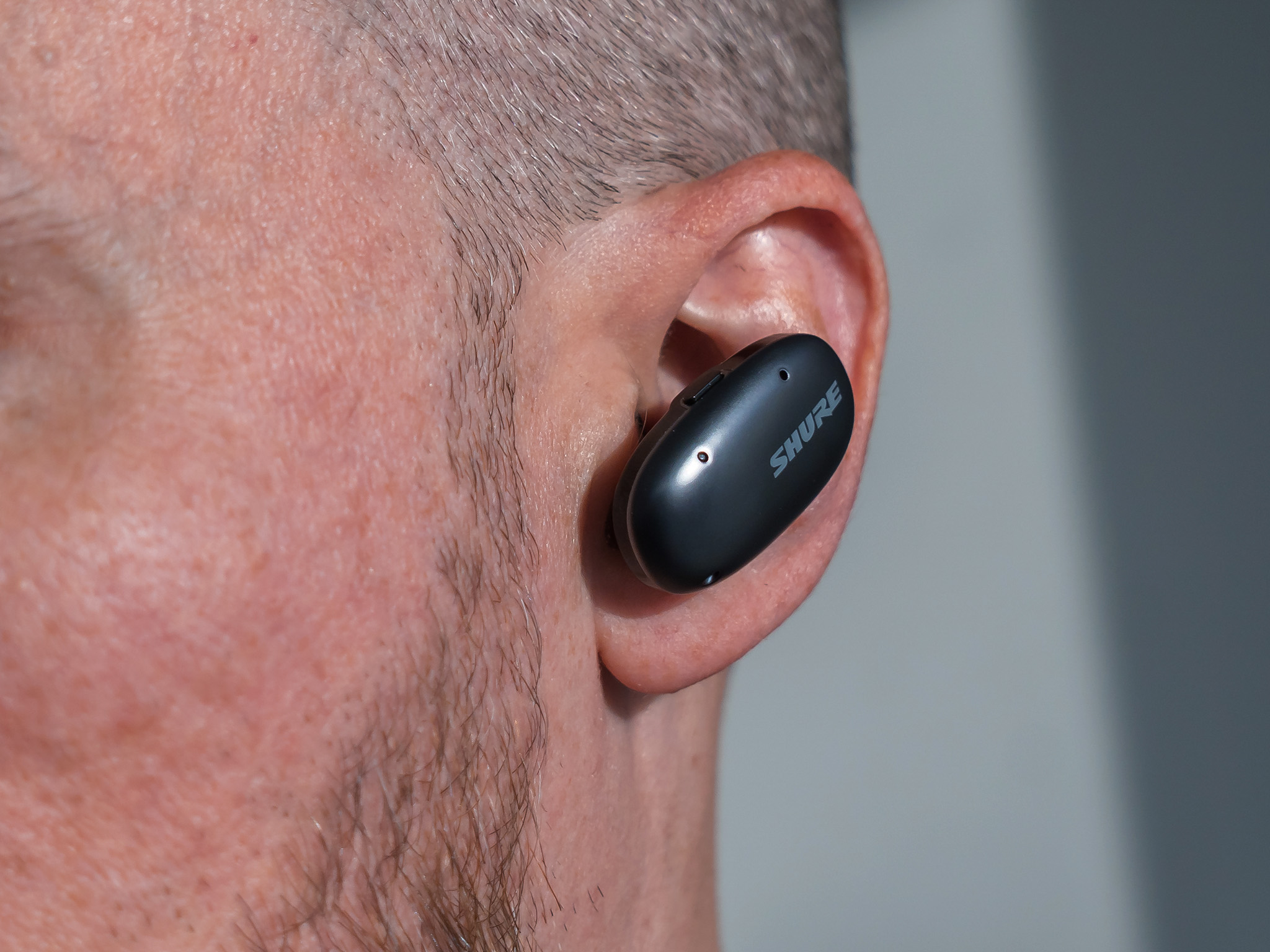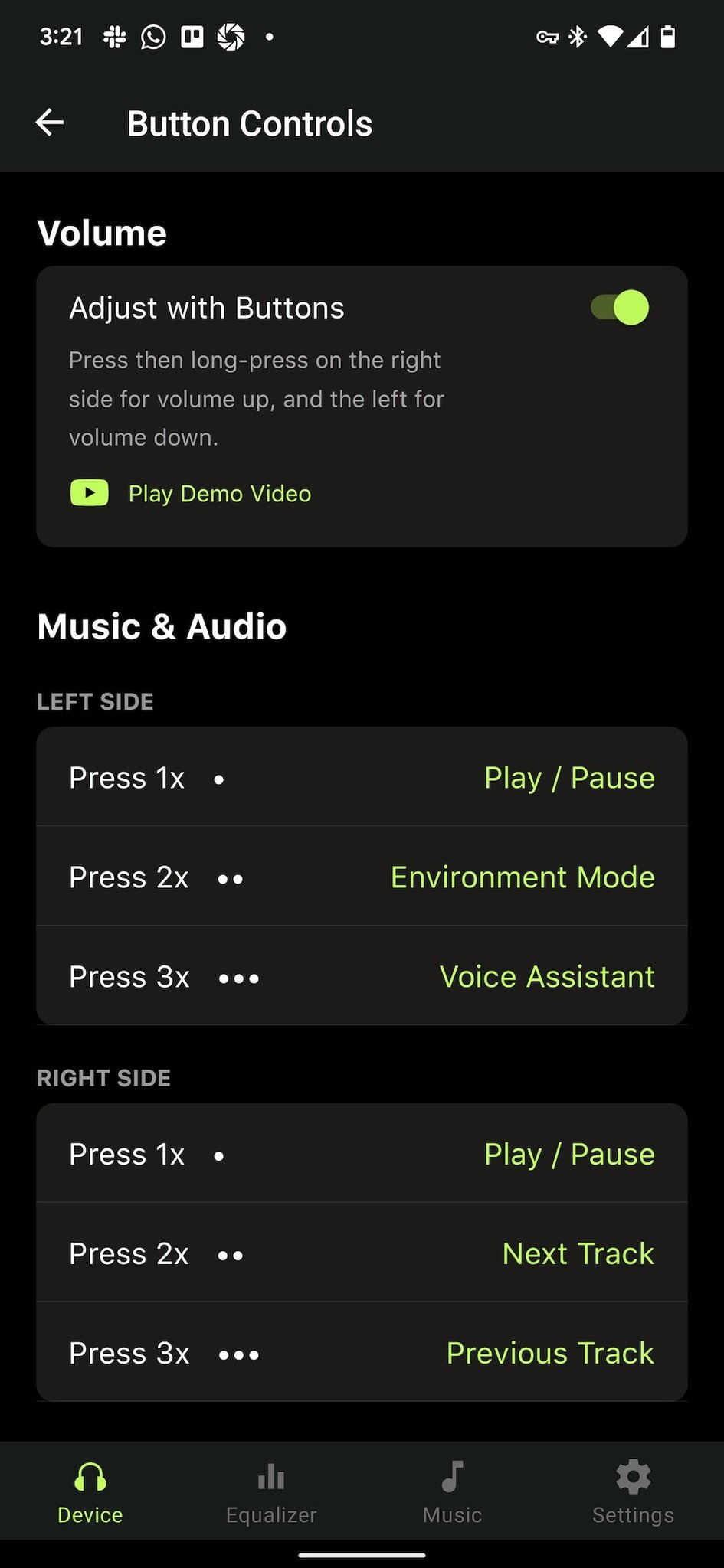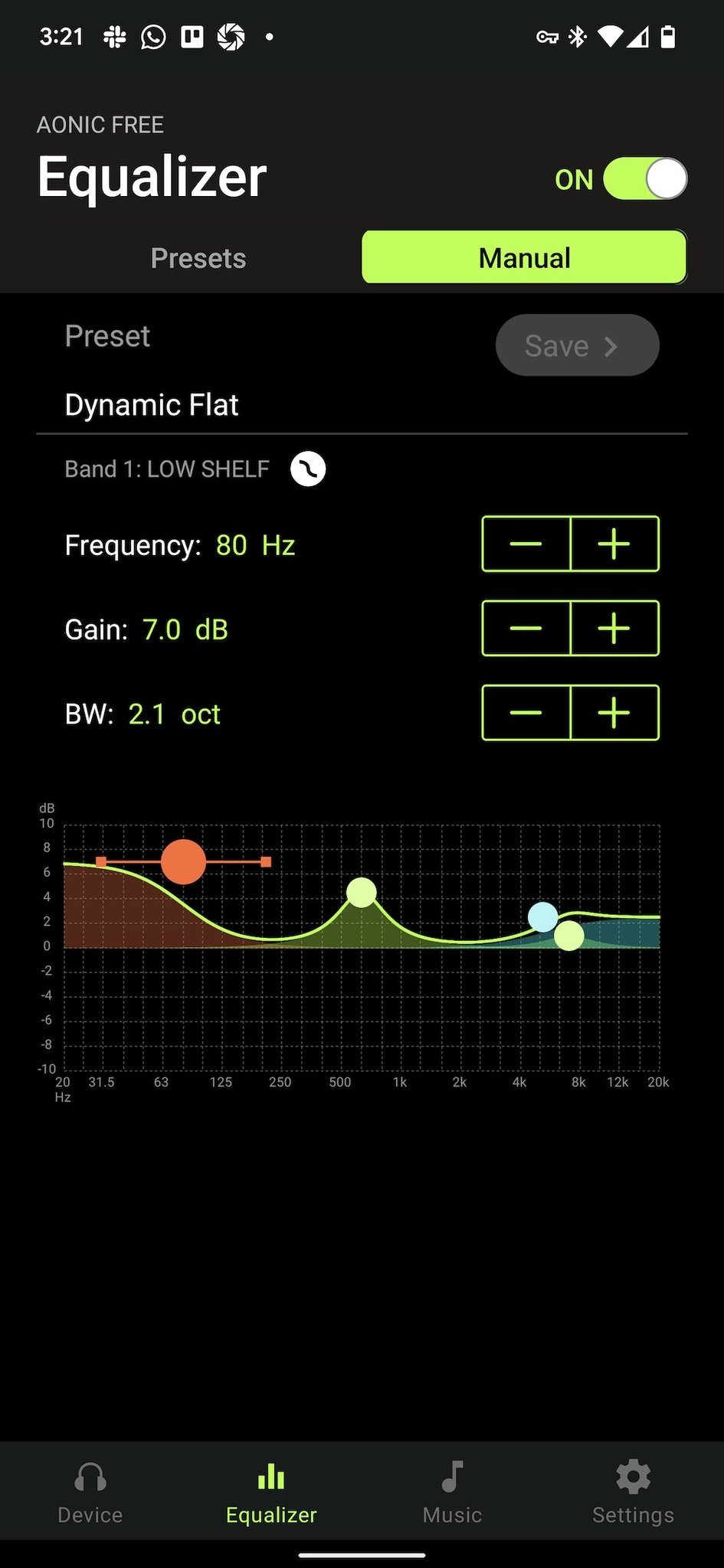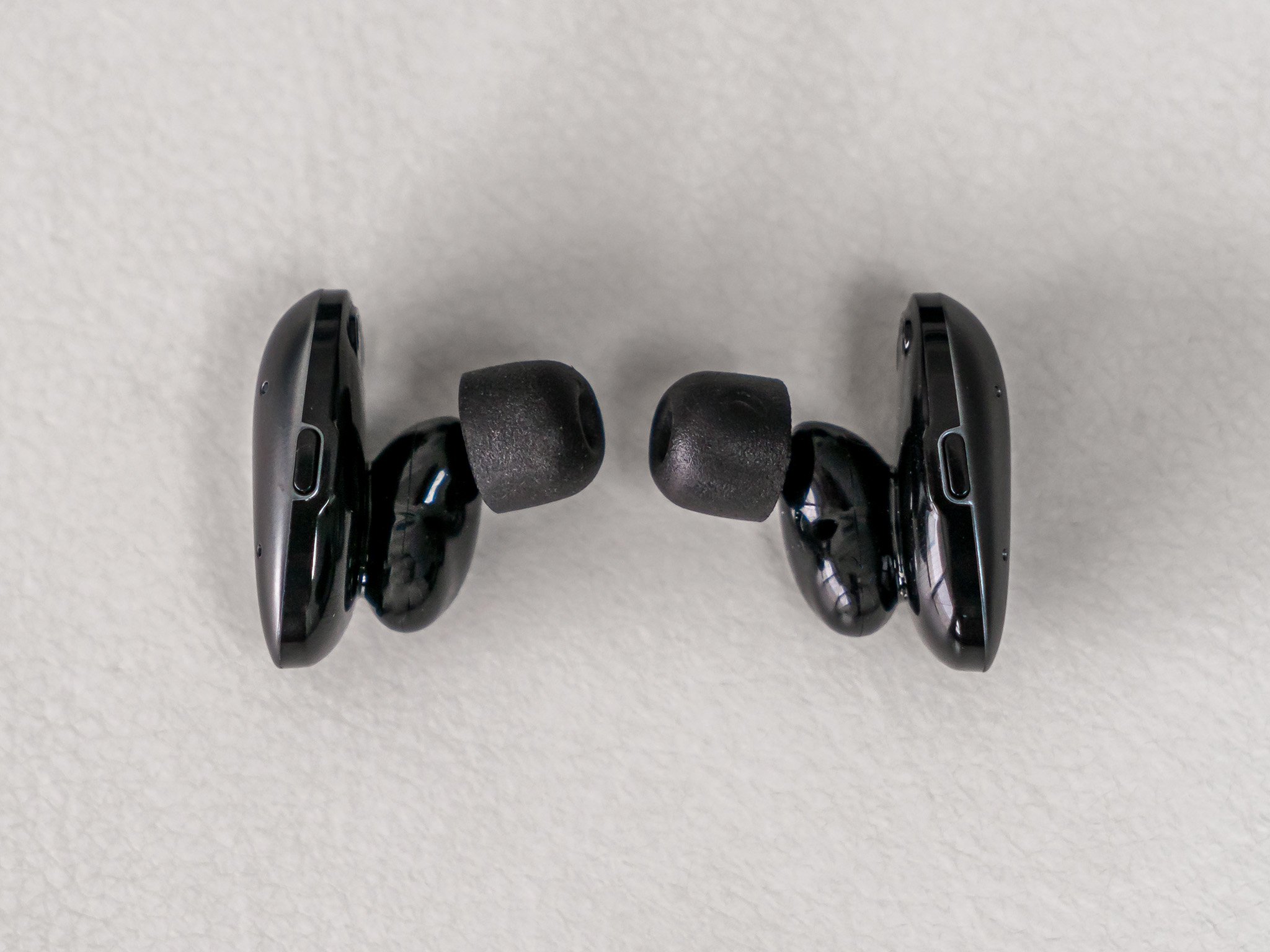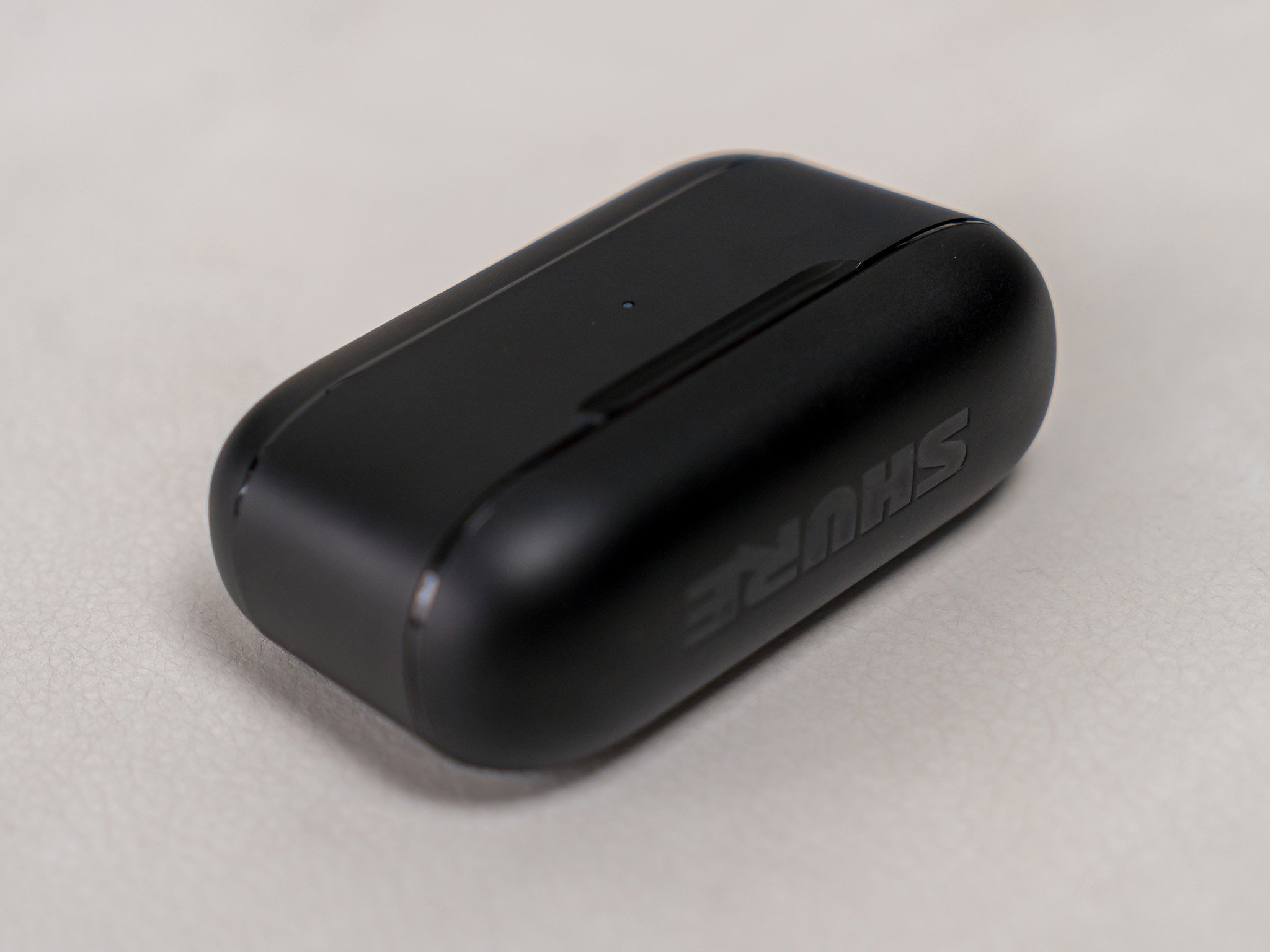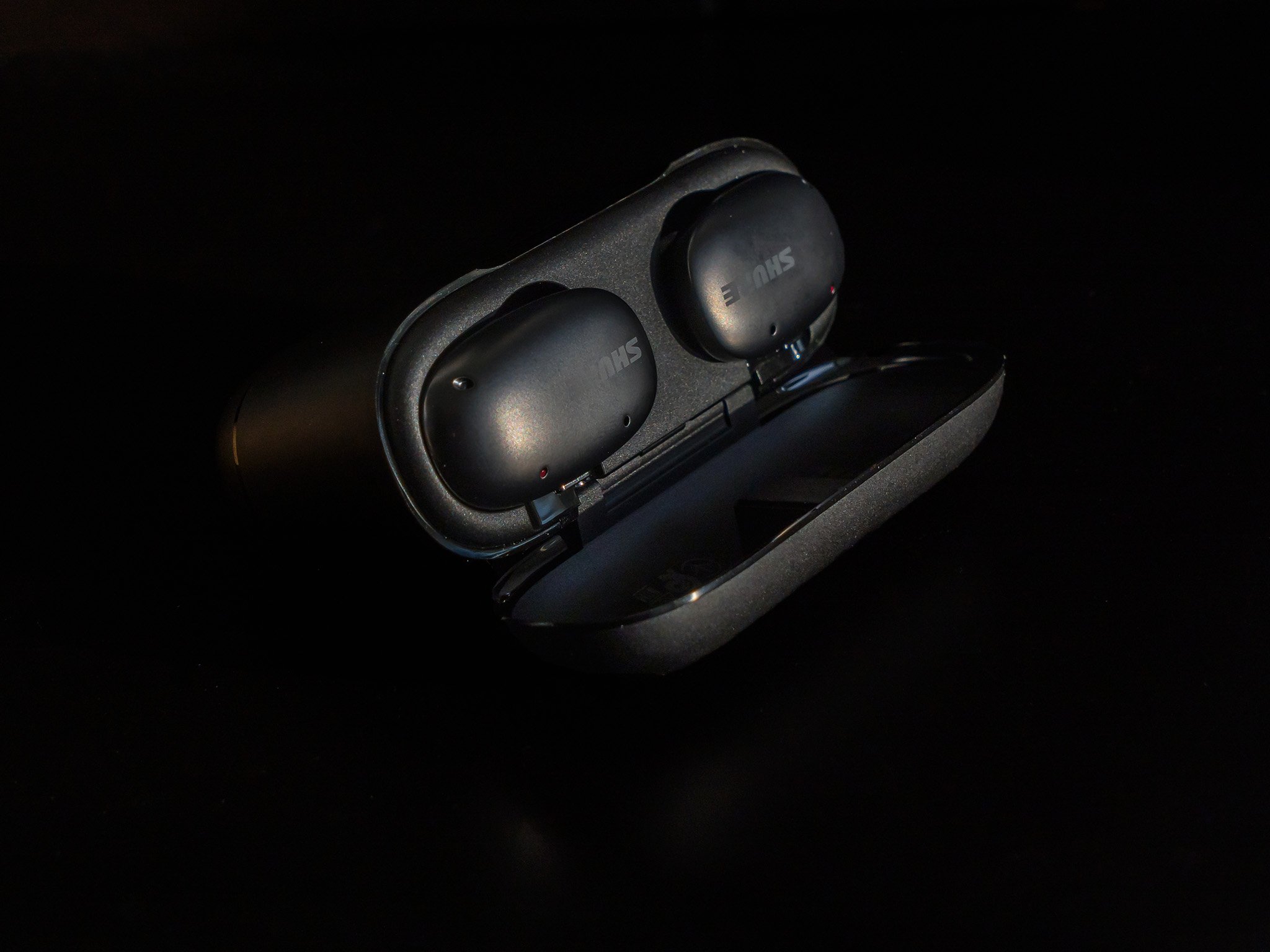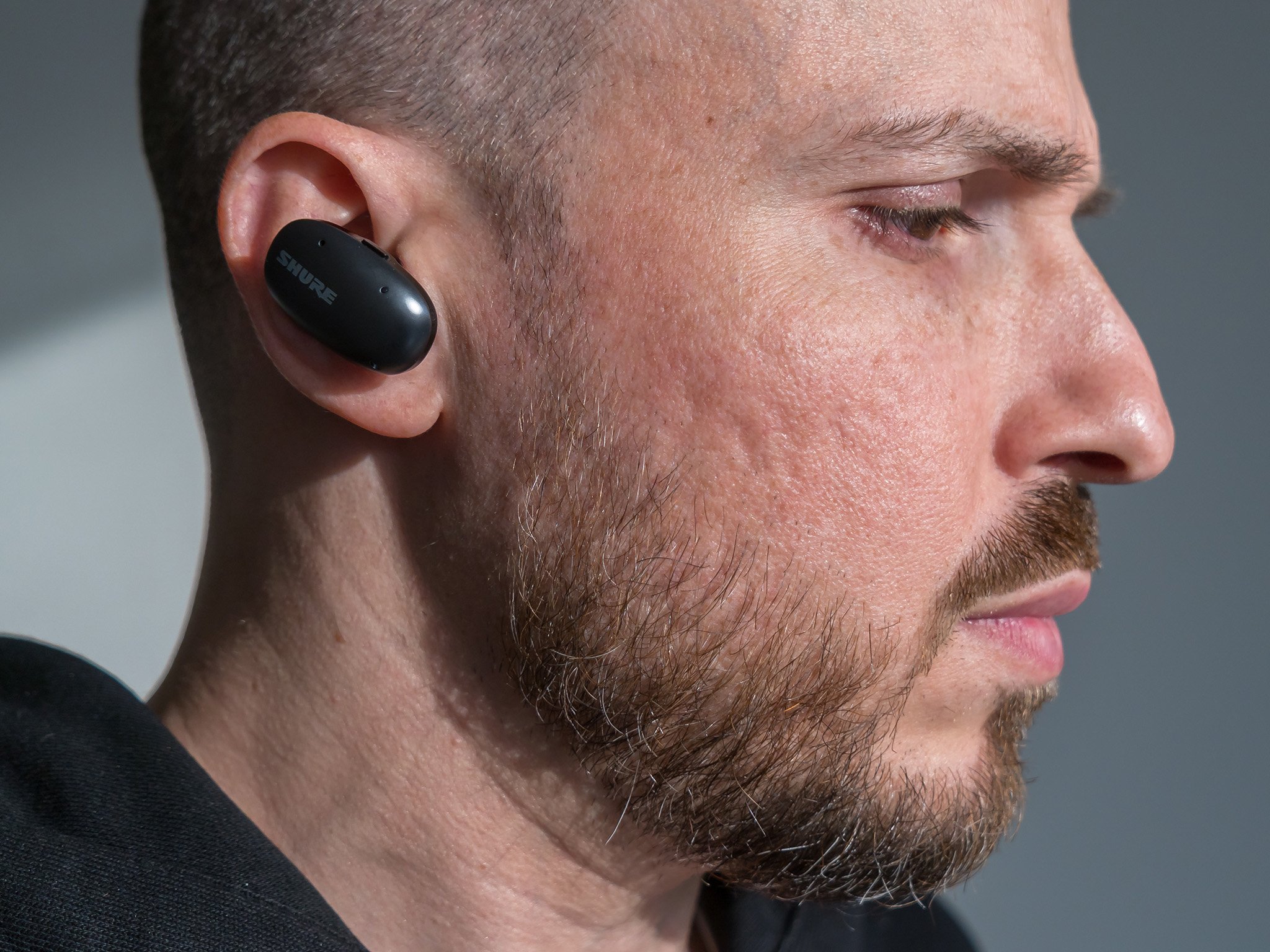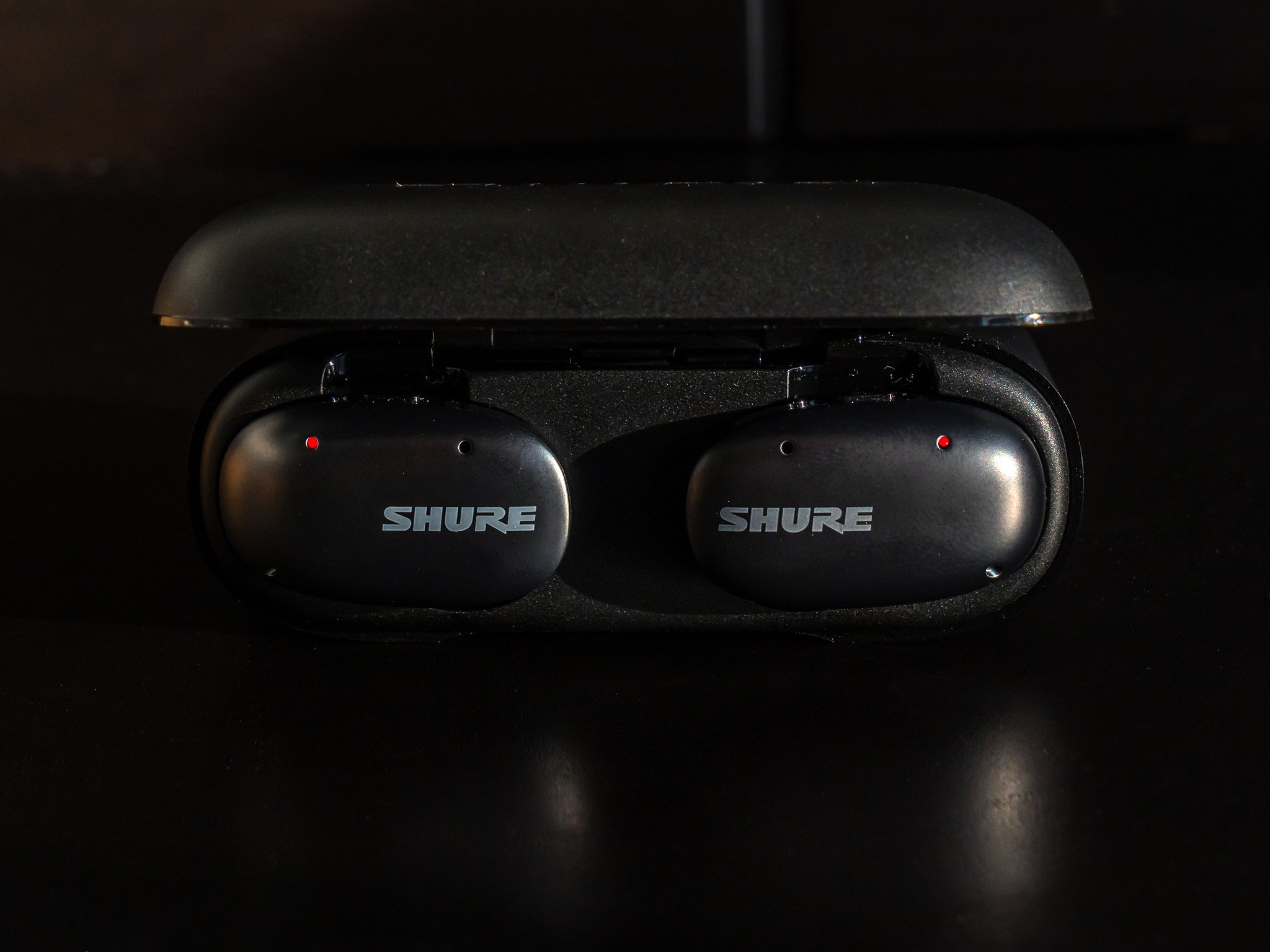Shure Aonic Free review: Big buds, big sound, big misses
Shure truly goes big in its true wireless earbuds debut.
Shure isn't a household name to the average person listening to music the way it is to an audiophile. The brand built its reputation on sound quality above all else, which probably explains why it dragged its feet in making a pair of earbuds that are truly wireless.
That's where the Aonic Free come in. These are big earbuds - and I do mean that literally - that focus a lot on sound as the primary focal point. Wearing them also gives you a fair bit of control over how you want them to sound when you place them in your ears. But how does the comopany's first foray into the world of wireless earbuds pan out?
Shure Aonic Free review:At a glanceShure Aonic FreeBottom line: The Shure Aonic Free are huge by wireless earbuds standards, and packed into their larger frame are components that deliver excellent audio performance, helped further by the awesome foam tips they come with. The trouble is you have to give up key things to get all the goods.
The Good- Superb sound quality
- Foam tips are awesome
- Environment Mode works well
- Excellent EQ support
- Reliable onboard controls
- No ANC
- Just OK battery life
- No multipoint connections
- No water resistance rating
- No wireless charging
Shure released the Aonic Free in November 2021 at $199. It's hard to tell how long they will stay at that price, as Shure sometimes offers deals and other times doesn't. They should be easier to find in the weeks and months to come when retail availability expands. They come in both graphite and crimson chrome colorways.
Shure Aonic Free: What's goodIt's hard not to notice the Aonic Free simply because of their size. Some earbuds do have size to them, but these are just large. They almost look mechanical at first glance, though there are reasons why they are what they are. Shure isn't trying to win anyone over in the looks department, so the sound has to carry the day pretty much all the time. The earbuds' design is all in service of that.
Off the bat, the Aonic Free do something few other manufacturers offer, and that's use foam tips. The big deal with those is how they conform to your ear canal. Actually, it might be better to describe it as 'deforming' to your ear canal because their malleable shape inevitably changes as you push and squeeze it into your inner ear. It's an important piece since the fit is everything when it comes to getting the best possible sound these earbuds can muster.
It's also the best way to ensure a greater measure of stability while wearing them. The Aonic Free aren't just big, they also protrude because the arm holding the driver isn't flush with the main piece with the Shure logo on the outside. Those of you with bigger ears complaining that some earbuds might be too small may feel right at home with this pair.
The ShurePlus Play app plays a big role in realizing the Aonic Free's full potential. It offers some customization to make them do things the way you want. The biggest of all is undoubtedly the equalizer (EQ) that lets you manually adjust it across four points in the spectrum. Shure does provide a handful of dedicated presets, which you can also duplicate as a basis to create one of your own. It's excellent once you play around with it, and can truly bring out more of the kind of sound you prefer.
Strangely, the app's user guide states that the EQ only affects music you have stored on your phone, and not tunes streaming from other apps, but that's simply not the case. I was able to tweak it and create presets that very audibly changed the output I was hearing. By default, Shure delivers just enough bass, yet tries to balance things out to give the mids and highs plenty of room to breathe. It's a more realistic sound profile that only gets better when you use the EQ.
Shure also supports aptX codecs, which tsuits Android users well because of the compatibility. It also handles SBC and AAC to cater to iOS users, so the Aonic Free cover good ground both ways.
Off the bat, the Aonic Free do something few other manufacturers offer, and that's using foam tips.
What's interesting here is that Shure prioritized ambient noise more than noise cancelation. Environment Mode has 10 different levels, and another setting called PausePlus kicks it into gear when you pause playback for those times you need to hear something or chat with someone. As for active noise cancelation (ANC)? Well, there isn't any. Shure chose to leave that out under what I presume to be a preference for the kind of passive isolation foam tips can manage.
The Aonic Free do have physical buttons for controls, all of which you can customize in the Play app. It's a straightforward setup and one that works smoothly throughout because the buttons are reliable and responsive. I rarely ever had a false positive and got the hang of using them to control every feature available to me.
Despite the microphones not blocking out ambient sound, they do a good job with phone calls, though more when you're in quieter confines. Others could hear that I had noise around me, which made calls more challenging if I was in a busier or outdoor environment with a lot going on. The calling controls are also on the mark, including a handy mute button when you need it, as well as one to switch between calls if you have two callers on the line. The app also gives you the option to have a red light turn on while you're on a call.
Battery life is pretty good at up to seven hours per charge, give or take a bit based on volume levels and Environment Mode. The weird part is the case only has two extra charges in it. For something this big, that doesn't make a lot of sense, and got me thinking that seven hours is probably too short for earbuds of this size, too. They do charge via USB-C, yet don't do wireless charging, which is another oddity.
Shure Aonic Free: What's not goodNot to belabor the point, but it's very much an odd choice for a pair of wireless earbuds in 2021 or 2022 that cost this much to not have ANC. I can understand it, at least to a degree. Foam tips do wonders for passive isolation, but when they have no electronic help through the onboard mics to drown out certain frequencies, they do reach a limit. That became apparent to me walking with these earbuds in a busy environment. While some sounds were muffled by the tips, others clearly broke through when they likely wouldn't have with functioning ANC.
Such an omission only becomes more puzzling when looking at the sheer size of these earbuds. How could Shure not find a way to squeeze it in there? The Aonic Free are going to be an acquired taste for the simple reason that bigger doesn't always mean better, especially if certain features aren't included. While I do believe they will fit better than they look, it's hardly a guarantee.
They're also not all that durable, given they have no water resistance rating. Could they work well during a workout or run? I know they would sound good in those situations, but can't tell you they wouldn't crap out if you repeatedly perspired all over them. Nor could Shure because it hasn't said so, either.
If you did want to use just one of the earbuds independently, that's another caveat that seems to work, only not in a way that it's supposed to. I didn't find any setting for such a thing, so experimented by simply putting the left earbud back in the case and taking it from there. It worked - I could listen to a podcast or take a call, except the Play app kept telling me that the left earbud disconnected. It ultimately felt more like a workaround than a staple feature for these earbuds.
Where I did fail was in trying to connect to two devices simultaneously. The Aonic Free just wouldn't do it, moving me over to the second device as soon as I paired with it. That makes for unpractical usability as far as using two devices at once, where you can work on one while taking calls or listening to tunes on the other.
Shure Aonic Free: CompetitionThe Shure Aonic Free are about sound above all else, and at this price, it puts them in the spotlight against some of the best wireless earbuds currently available. The Sennheiser Momentum True Wireless 2 have dropped in price to a point where they're a good buy if you value the best sound in wireless earbuds. Even the Sennheiser CX Plus True Wireless would be a worthy alternative for the combination of features and sound they bring with them.
If your budget allows, a great pair to consider would be tbe Technics EAH-AZ60, which produce excellent audio playback, including a number of customizations to personalize them further. If you were looking for something you could run or work out in, along with a lively EQ, the Jaybird Vista 2 are unique in both regards.
Shure Aonic Free: Should you buy it?You should buy this if ...- You want bigger earbuds
- You like the idea of using foam tips
- You want a very good EQ
- You care about good sound quality
- You want smaller earbuds and smaller case
- You want active noise cancelation
- You want more durability
- You want multipoint connections
When I look at the Shure Aonic Free purely on the merits of how they sound, I don't find much to fault them on. They sound great and offer the right tools to get the most out of them from a sonic perspective. The issue is that the supporting elements either feel awesome (foam tips, button controls) or feel strange (no ANC, no water resistance rating), and that dichotomy often comes to the fore when wearing them.
3.5 out of 5In such a tightly contested category, these considerations matter, which is why I look at the Aonic Free more as a pair would-be audiophiles appreciate more than anyone else. If it's all about the sound to you, you may be able to forgive Shure for what's missing. But if it isn't, there are other avenues to go down.
Shure Aonic FreeBottom line: Shure goes the beefy route with the Aonic Free, wireless earbuds that are considerably bigger than most of what's out there. That's great news if you have bigger ears, but there's more to it than that if you take into account that audio quality is what really stands out about them.
